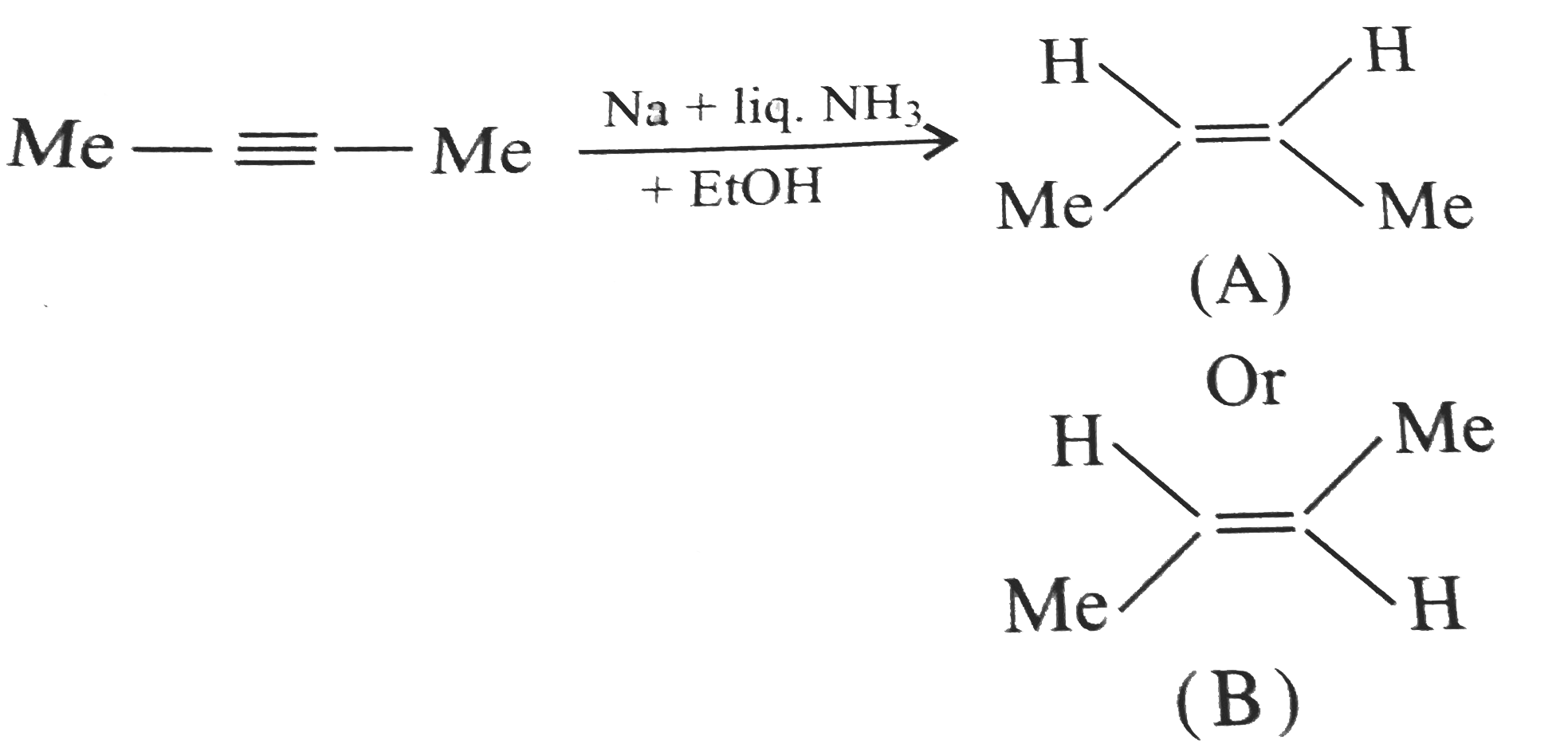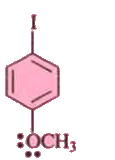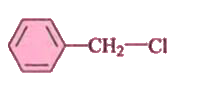Statement - 1 POCl3 can be used to dehydrate alcohols
Statement -2 This reaction proceeds by formation of carbocation in 1st step
Statement -1 is true ,Statement -2 is True , Statement -2 is a correct explanation for Statement −1
Statement -1 is True , Statement -2 is True Statement -2 is NOT a correct explanation for Statement −1
Statement -1 is True Statement -2 is False
Statement -1 is False Statement -2 is True
The correct Answer is:C
NA
Similar Questions

Statement 1: The product formed is (B).
Statement 2: The reaction proceeds via the formation of the following species in the order: Radical anion → Vinylic anion → Vinylic redical → Product
View SolutionA : The dehydration of ethyl alcohol in presence of Al2O3 at 633 K gives ethene.
R : The reaction proceed through the formation of carbocation intermediate.
View Solution
Knowledge Check
Assertion: The relative ease of dehydration of alcohols following order:
Tretiary > secondary > Primary
Reason : Formation of carbocation is the slowest step of reaction.Aif both assertioon and reason are true and reason is the corrct explanation of assertion.BIf both assertion and reason are ture but reason is not the corrcet explanation of assertion.CIf assertion is true but reason is false .Dif both assertion and reason are false.Aliphatic nucleophilic substitution is mainly of two type SN1 and SN2.SN2 reaction proceed with strong nucleophile in polar aprotic solvent. 3∘ halides do not give SN2 reaction. Inverted products are obtained in this reaction and mechanism of reaction occurs through the formation of transition state.
SN1 reaction proceed through the formation of carbocation in polar aprotic solvent. Solvent itself acts as nucleophile in this reaction. Racemization takes place in SN1 reaction.
Which of the following compounds will give SN1 reaction?APh−CH3∣−∣ClCH2CH3BH3C−ClCH3C−CH2−BrD
Aliphatic nucleophilic substitution is mainly of two type SN1 and SN2.SN2 reaction proceed with strong nucleophile in polar aprotic solvent. 3∘ halides do not give SN2 reaction. Inverted products are obtained in this reaction and mechanism of reaction occurs through the formation of transition state.
SN1 reaction proceed through the formation of carbocation in polar aprotic solvent. Solvent itself acts as nucleophile in this reaction. Racemization takes place in SN1 reaction.
Which one of the following will give SN2 reaction ?AH3C−CH3∣C∣CH3−ClB C
C DH2C=CH−Cl
DH2C=CH−Cl
Statement - 1 Victor - Meyer's test can be used to distinguish primary and secondary alcohols
Statement -2 under victor - Meyers' condition these alcohols give different colouration .
View SolutionStatement -1 : Rate of SN1 reaction is faster than that of SN2 reaction
Statement -2 : SN2 reaction is favoured by polar aprotic solvent
Statement -3 : SN1 reaction involves racemization
View SolutionStatement-1 Hydration of alkenes may give more than one type of alcohol
Statement -2 Carbocation intermediate may show rearrangement
View SolutionAssertion (A) Hydrolysis of (-)-2-bromooctane proceeds with inversion of configuration
Reason (R) This reaction proceeds through the formation of a carbocation.
View SolutionAliphatic nucleophilic substitution is mainly of two type SN1 and SN2.SN2 reaction proceed with strong nucleophile in polar aprotic solvent. 3∘ halides do not give SN2 reaction. Inverted products are obtained in this reaction and mechanism of reaction occurs through the formation of transition state.
SN1 reaction proceed through the formation of carbocation in polar aprotic solvent. Solvent itself acts as nucleophile in this reaction. Racemization takes place in SN1 reaction.
Which one of the following will give racemised product in C2H5OH ?
View Solution
